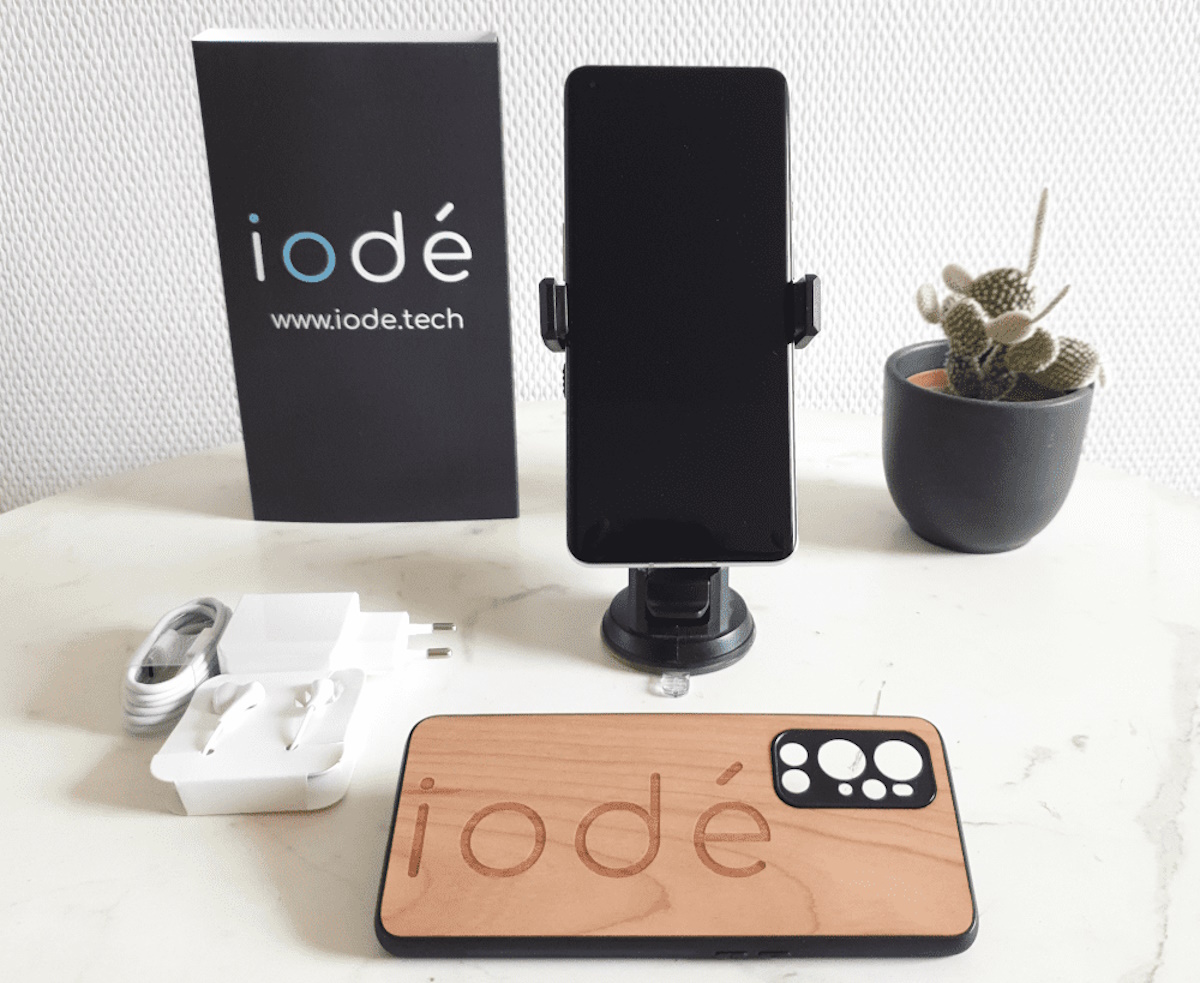MUJI to Sleep is a free relaxing-sounds app for Android

I'm somewhat of a fanatic when it comes to optimizing sleep. While I have not convinced myself yet to try and reduce it drastically, I have tried different things to make it better and improve my overall health in the process.
I don't sleep well most of the time which I attribute to a couple of things including working long-hours in front of a computer monitor and being rather noise sensitive.
I hear things that others don't hear or don't mind hearing which is one of the things that is keeping me awake at night.
One of the solutions to that issue is to play relaxing sounds or music instead. I have tried many applications and sounds in the past, from all kinds of colored noises -- white noise sounds for example -- to the relaxing sound of waves or water flowing down a creek.
MUJI to Sleep is a free application for Android that has been created as a companion app for the companies neck cushion. While that is the case, it can be used without it free of charge and without restrictions.
After you have installed the application on your Android device and started it up, you can use swiping motions to the left or right to switch between the six sounds it makes available.
Six may not sound like much when other applications support dozens of sounds which you can mix to create even more, but sometimes, less is more.
When you switch to one of the sounds, available are waves, birds, fire, mountain stream, forest and running water, it starts to play automatically. You can leave the app or turn off the screen of the device and the sound will continue playing.
A tap on the screen stops playback, while a tap on the clock icon at the bottom will display a sleep timer that you can configure to stop playback after 30, 60 or 90 minutes.
The sound quality is good and there is not a clear distinguishable end of the loop which I consider important as it prevents me from relaxing.
Conclusion
The app is rather basic when it comes to the sounds it offers, and if you require more or different ones -- white noise, thunder or rain is missing for example -- then you should check out other apps such as the one linked above which deliver that.
MUJI To Sleep on the other hand offers six sounds of good quality and a nice interface that is easy to use.


























I have been using Relax Melodies P: Yoga and Sleep (https://play.google.com/store/apps/details?id=ipnossoft.rma.premium) for a couple of years now. There is also the free Relax Melodies: Yoga and Sleep (https://play.google.com/store/apps/details?id=ipnossoft.rma.free). I used the free version for about 6 months before upgrading. I had tried many different apps like this and this was the first I found that had truly seemless sound loops. The Premium version adds lots of additional sounds and some special sound waves that can only be used with headphones to help promote sleep, relaxation and such; it also allows for background usage. I will also check out this app as it sounds interesting. Thanks for sharing.
That depends on what is meant by “noisy.” I have the NSF model, too, and Rob’s description of the design and how it works is exactly correct. I would say, though, that I would describe the sound as being not like static but more like the sound of soft, gently rushing air, like that of a central heating or cooling (AC) system. And by choosing between the two speeds, and rotating the top to modulate the volume, one can achieve a perfect sound, which will cover over most background noises. It’s possible to get them with EU plugs/220-240V also…
Noisy? No not really. The directions say give a week to get used to the sound. It has to be loud enough to block out the background noise, but after that week, the brain doesn’t register the sound as a noise that it needs to pay attention to.
Hy is correct, it’s more of a rushing air sound than a TV static sound.
I used Sound Meter (ver 1.5.9a) on my Motorola RAZR M to check the sound levels in my bedroom with and without the sound conditioner running. Without it running, the room was 33-35 dB. With it running, the room was a steady 40dB.
I am the same way when it omes to sleep. Buying a little white noise machine changed everything, though–cannot recommend it highly enough to anyone who’s sensitive to noises and having trouble getting a good sleep. This is the one I use: http://www.marpac.com/
Bought the NSF model last week at Bed Bath and Beyond for about $50US. It has a high and low speed switch, plus the top rotates to increase or decrease the sound level. I placed it away from the bed (as recommended), on a corner table and plugged it in. I have been playing with adjusting the sound level to block out the background noise. It works marvelously.
The interesting question is why does it work? My thinking is that while it’s called background noise (the sound of a car driving down the street, the sound of the neighbors TV, people walking down the street talking and laughing), it’s really background information and the brain, while trying to go to bed or even while sleeping, is processing the “input”. Probably a survival trait from millions of years of evolution.
The sound conditioner generates a random sound (like the static on an old TV) , and you adjust the level to block out the background noise. The brain hears only the random sound and since it is random, there’s no processing for the brain to do. Less processing equals better sleeping. Like the difference between sleeping in an apartment in a city, or a cabin up in the mountains.
I read that the device itself can be rather noisy, is that true?
Interesting, will check it out!
Great Article, Anyone knows a similar software for win7?
thank you.
go to http://soundbible.com/ and select your choice. then loop it with audacity. play it back with vlc and select loop. it will play forever
YouTube has a great selection: https://www.ghacks.net/2012/05/07/get-your-white-noise-sleep-sounds-fix-on-youtube/
If you grab the apk as a direct download (using http://apps.evozi.com/apk-downloader for example), you can grab the 1 minute sound clips by opening the apk in your favourite zip program. If you are really talented or just want a challenge, you can also add your own clips to the asset folder and make the appropriate changes in the xml files and repack the file to add your own custom sound loops.